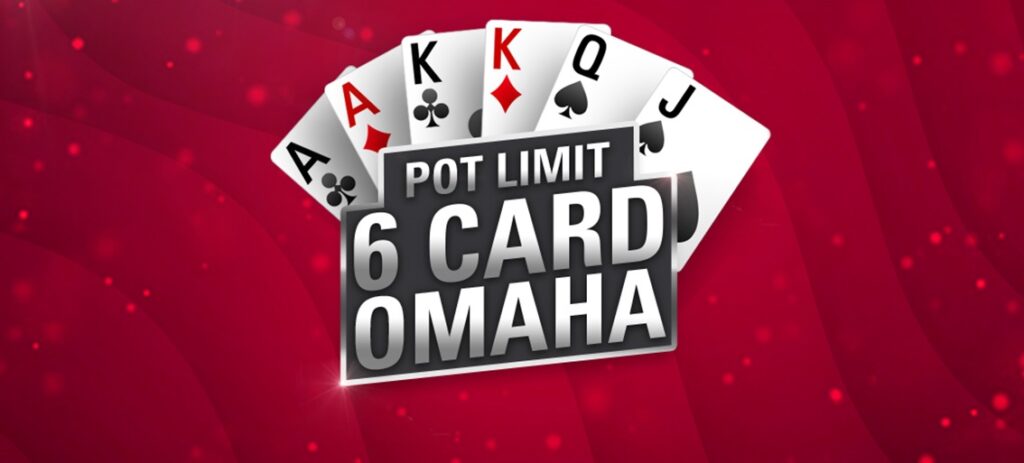High-stakes Pot-Limit Omaha 6-card (PLO-6) is a different beast compared to lower-limit games. The tight/straightforward or overly aggressive styles that might get you by at smaller stakes won’t cut it when you’re up against seasoned regulars. Drawing from a decade of experience in these high-stakes environments, here are four crucial strategies to help you navigate and dominate these challenging games.

.
1.Adjust Your Playing Lines Against Capable Opponents
When you’re playing 10/20 stakes or higher, you’ll frequently encounter skilled regulars who are adept at hand reading and aren’t afraid to apply pressure. To counter this, avoiding predictable playing lines is paramount. Making standard bets too often, like consistently stabbing at pots with nut flush draws on the turn, can make your river play transparent.
Instead, learn to vary your play by checking or trapping more often. For instance, checking the turn with a hand like two pair and a nut flush draw against a strong hand reader can induce bluffs on the river that you can then pick off. Trapping on the river is another tactic more commonly and effectively used at high stakes, as players are capable of aggressive plays in various situations. Successfully integrating these adjustments will not only improve your win rate but also earn you respect, potentially causing opponents to play more passively against you.
2.Master Effective and Unintuitive Bluffing
A significant component of a winning high-stakes PLO-6 strategy is the ability to bluff effectively, even in spots that might not seem immediately obvious. This isn’t about random aggression; it’s about identifying board run-outs that favor your perceived range and accurately assessing your fold equity.
Consider situations like betting after an opponent misses a continuation bet on a low board that likely connects better with your range. Don’t be afraid to continue telling your story by barreling on later streets, sometimes even by jamming a hand that might seem relatively weak, like a middle pair on a blank river, if the situation is right. Well-timed bluffs force your opponents to second-guess holding onto their bluff-catchers and make them hesitant to value bet thinly. The key is to choose your bluffing spots wisely based on range analysis and fold equity, rather than overdoing it on boards where natural bluffs are plentiful. This applies to all pots, big or small, as their frequency adds up.
3.Exploit Opponents’ Later Street Tendencies
As play progresses to the turn and river, player ranges naturally become narrower. Astute high-stakes players can capitalize on situations where opponents, even if they are aware they should, don’t incorporate enough bluffs relative to their value hands within these narrowed ranges. In six-card PLO, bluffing opportunities can be less apparent, leading many players to miss them, making them vulnerable to exploitation by more skilled opponents. This strategy involves recognizing when an opponent’s range is heavily weighted towards value and is therefore predictable, allowing you to adjust your own strategy to take advantage of their infrequent bluffs in those scenarios.
4.Conquer the Math and Psychology of Calling Bluffs
This final strategy is often one of the most challenging concepts to master, even for experienced high-level players. It involves overcoming the brain’s natural aversion to the implications of pot odds and the indifference point. Facing a significant bet, like a pot-sized wager on the river, can be daunting. However, it’s crucial to understand the underlying mathematics: a pot-sized bet only needs to be good roughly one-third of the time for a call to be profitable. Smaller bets require you to be right even less often.
The primary hurdle is often psychological – the discomfort of calling with a hand that might only beat a bluff, particularly when your opponent is representing a very narrow and strong range. Despite this, the ability to correctly call bluffs, especially when you hold relevant blockers or your hand is relatively high in your range given the odds, is an essential skill for thriving in high-stakes PLO-6.
